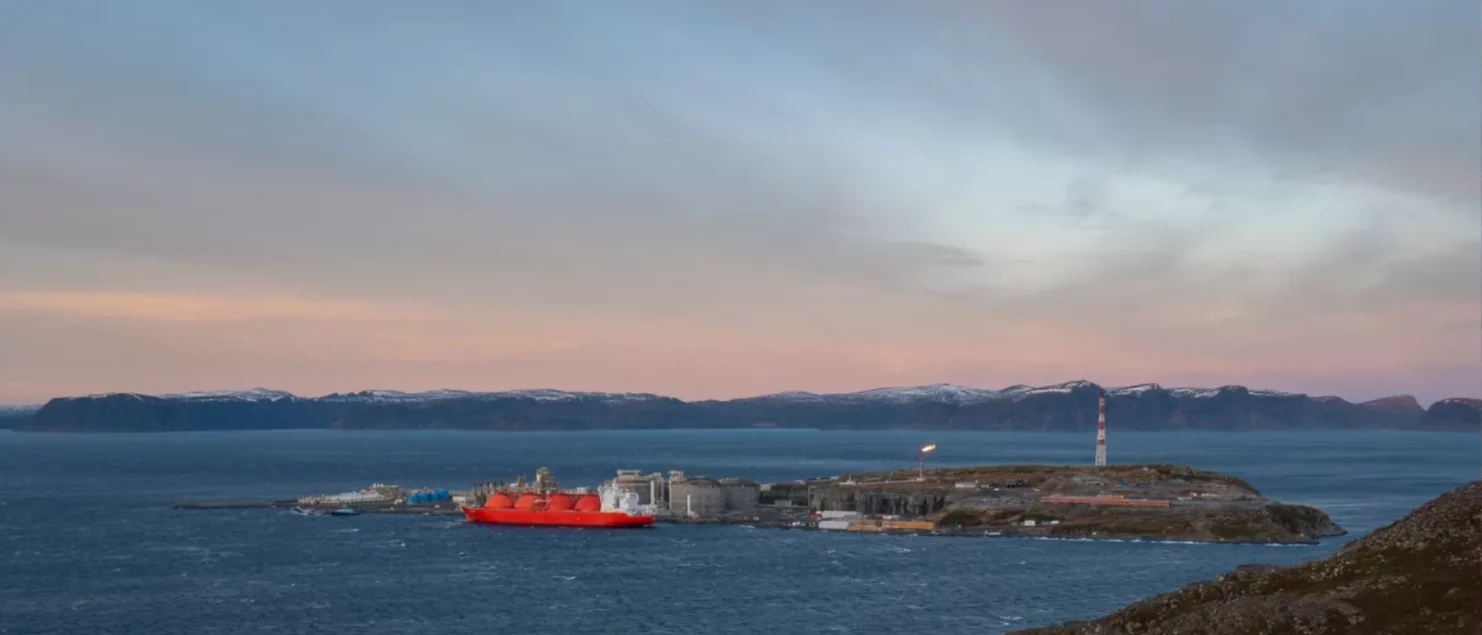The Melkøya gas leak May 2023 – a review and outlook to plant restart
On May 31 a gas leak at Hammerfest Melkøya LNG that occurred during plant restart caused European natural gas prices to briefly spike by 4 €/MWh. The extent of the price hike was no doubt due to the memory of the fire in the inlet air filter of gas turbine 4 on 28 September 2020 that caused a 1½ year outage at the plant. Melkøya is the only non-Russian LNG plant in Europe and a loss of its flexible 6.5 GSm3/year natural gas output significantly impacts the energy market.
Confusing messaging from the plant’s operator, Equinor, during and after the gas leak last week perplexed many market players and created extra uncertainty about LNG supply. In addition, the intense flaring on Melkøya caused apprehension in nearby Hammerfest city. Statements from the operator intended to calm public reaction, instead raised concerns as multi-unit emergency personnel sped to the site. In the beginning the leakage was reported to be LNG, then limited to a valve in a 750 m3 tank; then later said to be liquefaction coolant (presumably ethane or propane) in a 450 m3 tank. In the late afternoon it was informed that the danger was over and that emergency personnel had left the site, yet flaring was still visible.
On the following morning, June 1, Equinor communicated to the market via Gassco’s UMM (urgent market message) system that the Melkøya plant would restart on June 8. Virtually at the same time, however, the oil and gas safety regulator PTIL notified on their web page, in significant detail, that a full event inquiry would start immediately and that a team was on its way. The police also then announced that they would conduct their own inquiry, to determine if the gas leak involved prosecutable matters.
The mixed messaging highlighted apparent gaps in various parties’ recognition and acknowledgement of the seriousness of the event. Public concern increased over the weekend, evidenced by reactions from environmental organizations. On Monday, June 5, however, Equinor in a UMM update stated that the Melkøya plant would restart a day earlier than originally announced, on June 7. Meetings between the key parties must then have taken place and on June 7 Equinor released a new UMM update, stating that Melkøya would instead restart on June 14. It was also noted that the Arctic Lady LNG ship had left Hammerfest, further reflecting Melkøya’s new restart delay.
So what is the current status and outlook for when the LNG plant will be back in operation? With the flurry of revision UMMs and limited public insight into the process that is now under way there is much speculation in the market about when Melkøya ‘really’ will produce LNG again. Neither Equinor nor PTIL has updated their web information since June 1.
Indications are that it could be around two months until a PTIL report is ready. The report may require approval of the operator’s remedial measures, possibly completed, and not only a plan, before plant restart is permitted. This was the case after the 2020 Melkøya fire, and because of the catastrophic potential of gas leaks PTIL will normally be very strict. PTIL’s report is therefore most likely on the critical path for plant restart. This means that Melkøya restart may potentially be further delayed until remedial requirements have been satisfied.
However, if no equipment with a long order timeline was damaged, the plant restart could technically take place well before August. Equinor may therefore try to persuade PTIL and even attempt earlier restart, but this could be risky if PTIL has found that operating procedures were among the root causes of the leak. Drawing on observations of what took place after the 2020 fire, a possible next step in the current process could be that Equinor first communicate another UMM one-week restart delay, and subsequently a further 3-4 week delay as Equinor meets with an increasingly firm PTIL.
Reliable information to the market about the return of Melkøya LNG could therefore be some weeks away. Much of the timing uncertainty lies with Equinor, their approach to the inquiry, communication with PTIL and the police, as well as how rapidly corrective satisfactory measures are implemented.
Author and credit: Kjell Eikland. The article draws on project data and event tracking by Eikland Energy AS on the matter, including analytic data from Eikland Energy’s proprietary iGIS/LNG intelligence platform. The assessments provided are the author’s own.
